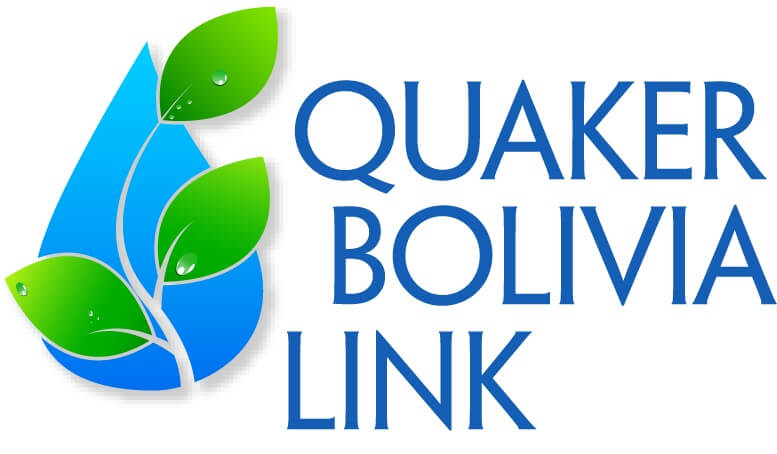Food Security, Agriculture and Livestock
The Altiplano represents a region where the ability of small scale farmers to produce sufficient food to feed their families has always been a challenge. High altitudes, poor soils, frequent frosts throughout the year, periods of heavy and damaging rains coupled with seasons of drought, all combine to create a challenging agricultural environment. In addition, climate change now produces unpredictable patterns of weather, resulting in soil erosion and increasing vulnerability of crops and livestock.
However, the area in which our partners agricultural advisors work is not uniform but stretches from the relatively fertile plain around Lake Titicaca, at an altitude of 3,800 metres, where arable farmers are able to produce commercial crops of quinoa, potatoes, beans and tarwi, to the high valleys, at around 4,500 metres, where llama herders scrape out a precarious living. Different farming regimes require separate agricultural development solutions, with most projects concentrated between the two extremes.
The Need
To supplement home food production, many villages rely on income from the seasonal out-migration of workers to La Paz or to the salt-flats and quarries that represent regional industry. However, as the younger, fitter and better educated leave, the remaining population, principally the elderly and women with children, find it ever harder to scrape a living from the land. So, there is a two-fold need: to improve basic food production for those who remain in the communities and to offer solutions that will in part mitigate the need for economic out-migration.
Solutions
The field staff from our partners work with communities and local municipalities to identify and implement projects. Normally 70% of costs are provided by QBL-UK and funding partners, with the municipality match funding 30% and the community providing contribution in kind in the form of physical work.
Solutions are tailored to individual community needs. However, past projects have included:
Improved Agriculture
The provision of new, improved and better quality seed for tarwi and quinoa growers around Lake Titicaca: to increase production of these staple crops.
Trout Production
The construction of a purpose-built trout production facility based at the outlet of a mountain lake at 4,500 metres: to improve local nutrition and provide a marketable product.
Glass & Adobe Greenhouses
The construction of adobe (mud-brick) and plastic-glass greenhouses: to enable individual families to grow fresh vegetables and salad crops.
Chicken Farming
The construction of adobe and corrugated tin roofed chicken houses with laying hens: to provide eggs for consumption, protective housing for both the new and native ‘criolla’ chickens, and the gradual genetic improvement of the local chicken flock.
Peer Assistance & Training
With each project, QBL provides specific training to ensure that the community receives the optimum benefit from their project and encourages ongoing peer assistance and training.
Importation of Llama Breeding Stock
The provision of imported Peruvian llama stock to improve the often in-bred genetic make-up of Bolivian llama herds: to increase production in the high valleys.
Participants are taught how to fix any physical problems that might occur. Field staff also work with each community to set up guidelines for dealing with any conflicts that may arise. These guidelines are developed with and approved in community assemblies, thereby ensuring the broadest possible support.
Sustainability
It is hoped that all QBL projects will be long lasting, therefore each community is asked to accept responsibility for the sustainability of their project.
A committee is democratically elected by the community and is responsible for overseeing and maintaining the project on a day to day basis.
Each participating villager contributes a small monthly amount to the community “sustainability fund,” which covers any maintenance needs that may arise.
QBL commits to their field staff visiting the community regularly to ensure that the project is functioning properly: providing any technical help that may be needed. A thorough evaluation is carried out after three or four years, to review how the project is working and to monitor the improvements to the wellbeing of the community.
